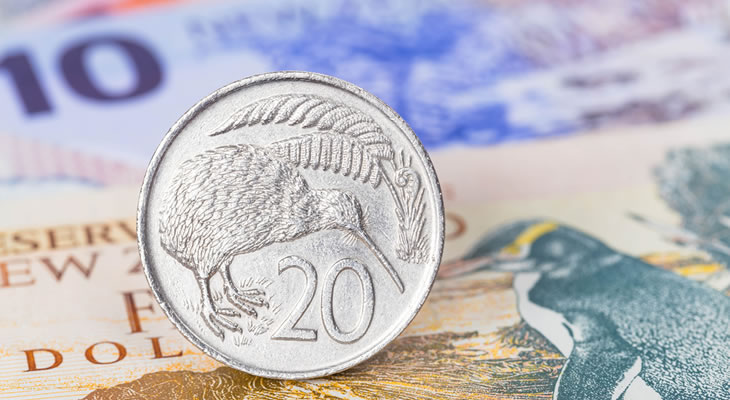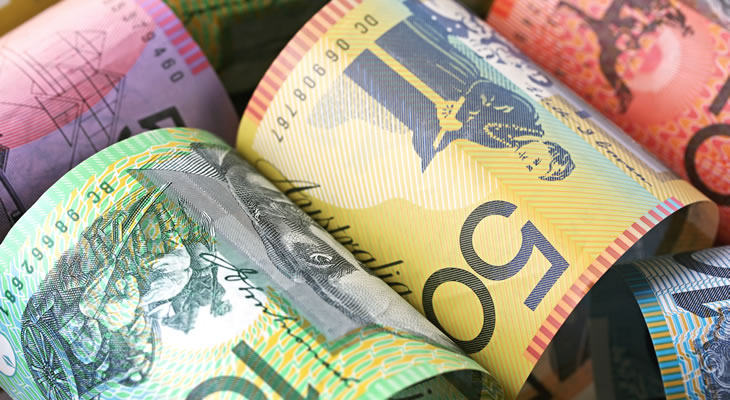- AUD NZD boosted by iron ore performance – Mineral is 2016’s best-performing commodity to date
- S&P hold New Zealand credit ratings – Reaffirmed banking sector ratings boosts NZD
- Fonterra increases dairy price forecast – New Zealand Dollar strengthens on upbeat dairy outlook
- Jackson Hole Fed gathering threatens AUD NZD – Exchange rate turbulence forecast if Janet Yellen signals interest rate increases
Australia and New Zealand have both received good news regarding vital commodities in recent days. Hopes that Janet Yellen will signal tighter US monetary policy soon threatens to unsettle the AUD NZD exchange rate, however.
Australian Dollar Long-Term Exchange Rate Forecast; Outcome of US Fed Symposium in Focus
The Australian Dollar received a boost recently after statistics emerged to show that iron ore was the best performing commodity in 2016 to date. While the news surprised many analysts, given the generally weak state of the market, investors were cheered to see that iron ore had rallied by over 40% since the beginning of January. Citi analysts wrote in a research note that;
‘Given the abundance of easy to find and cheap iron ore and coal, no one could have predicted that the bulks would be generating among the best returns not just for this quarter but year-to-date as well.’
While this is positive for the Australian economy, commentators are still divided over whether or not the rally is sustainable. As Citi staff explain;
‘China remains the fulcrum of the commodity price recovery … its extraordinary import growth this year is singlehandedly responsible for the outperformance of iron ore, thermal and coking coal. On that front, the bank is not overly optimistic that trend will continue, especially with several leading economic indicators pointing to sluggish growth in the second half of the year. Tumbling corporate bank loans, rising demand deposits, and decelerating manufacturing fixed asset investments all point to Chinese corporates’ unwillingness to invest further, suggesting a bigger slowdown ahead.’
The outlook for Australian Dollar exchange rates will largely depend on the Federal Reserve’s Jackson Hole Symposium, at which Janet Yellen will be giving a highly-awaited speech. The general market consensus is that Yellen will adopt a hawkish tone and signal that interest rates would need to be raised in the near-term. Should this happen, the Australian Dollar is likely to plummet as the US Dollar goes on a bull charge. However, Yellen has disappointed markets before by being overly-cautious, so there is a change that the US Dollar could collapse following the speech, pushing the Australian Dollar higher.
While Janet Yellen’s speech threatens to impact both the Australian Dollar and the New Zealand Dollar due to their high-risk status, the ‘Aussie’ is likely to bear the brunt of the impact. AUD is a more in-demand asset than NZD for traders chasing yield, so a market rout caused by safe-haven demand will weaken the Australian Dollar more than the New Zealand Dollar due to the difference in trading volumes between the two.
S&P Credit Rating Hold and Improved Fonterra Milk Outlook Boost NZD Exchange Rate Forecast

The New Zealand Dollar received a strong boost recently after Standard & Poor’s upheld its current credit ratings for the banking sector. The ratings agency has, however, issued a warning regarding the health of the housing market, cautioning that it poses increased risks to New Zealand’s banks. In a statement, S&P commented;
‘In our opinion, economic risks facing financial institutions operating in New Zealand have heightened as a result of continued strong growth in residential property prices nationally. Reflecting the increased risks, we now apply higher risk weights in our capital analysis of the financial institutions we rate in New Zealand, and consequently, we expect forecast risk-adjusted capital ratios for all of them to be lower than would have been the case otherwise. Nevertheless, our ratings on all the financial institutions operating in New Zealand remain unchanged. This reflects our expectation that despite some weakening in the capital levels of all these financial institutions, their stand alone credit profiles (SACPs) would remain unchanged.’
A strong banking sector is important for New Zealand due to the country’s status as a safe-haven for investors. While the New Zealand Dollar itself is a high-risk currency, New Zealand government and corporate bonds are considered safe assets due to strong interest rates and the health of its economy. Although rates are likely to be cut further in the coming months, the official cash rate in New Zealand is currently 0.5% above the Australian OCR, 1.5% higher than US and Canadian benchmark rates and 1.75% above UK rates. A healthy banking sector is vital to the continued resilience of the New Zealand economy, so S&P’s latest report has reaffirmed the country’s status as a safe-haven for investors.
Further tailwinds for the long-term New Zealand Dollar exchange rate forecast come from the nation’s most important export; dairy. Following on from a 12.7% increase in the GlobalDairyTrade Price Index after the August 16th auction, the world’s largest dairy exporter, Fonterra, has raised its price forecast for the 2016-17 season. According to the New Zealand-based co-operative, milk solids prices will be NZ$4.75 per kg; 50 cents higher than originally predicted.
The move has not removed all the clouds hanging over the New Zealand dairy industry, however. According to Fonterra Chairman John Wilson;
‘Prices have increased on GlobalDairyTrade but the increasing NZD USD exchange rate continues to offset some of these gains. We expect the dairy market to be volatile over the coming months and will continue to keep our forecast updated for our farmers as we move into the season.’
This complicates the NZD AUD exchange rate outlook; a strong dairy industry bodes well for the New Zealand economy and therefore the ‘Kiwi’, but a strong NZD is currently one of the barriers for a dairy recovery.
Australian Dollar New Zealand Dollar Exchange Rates
At the time of writing the Australian Dollar New Zealand Dollar exchange rate was trending in the region of 1.0414, while the New Zealand Dollar Australian Dollar exchange rate traded around 0.9597.
Relative strength indicators for AUD NZD exchange rates were trending around 33.7, suggesting that the Australian Dollar is close to being considered oversold, which could lead to an increase in market demand if it triggers a New Zealand Dollar sell-off.


Comments are closed.